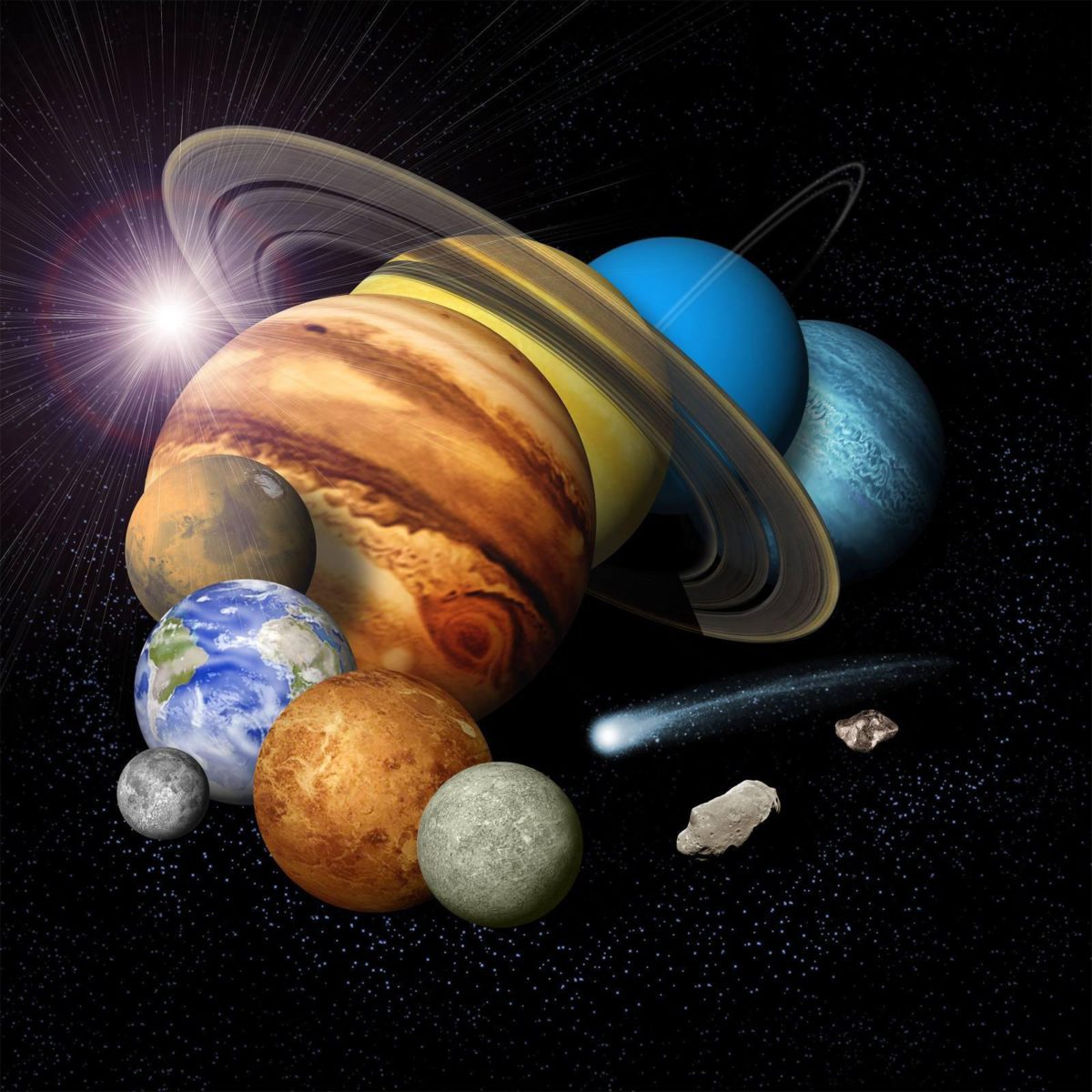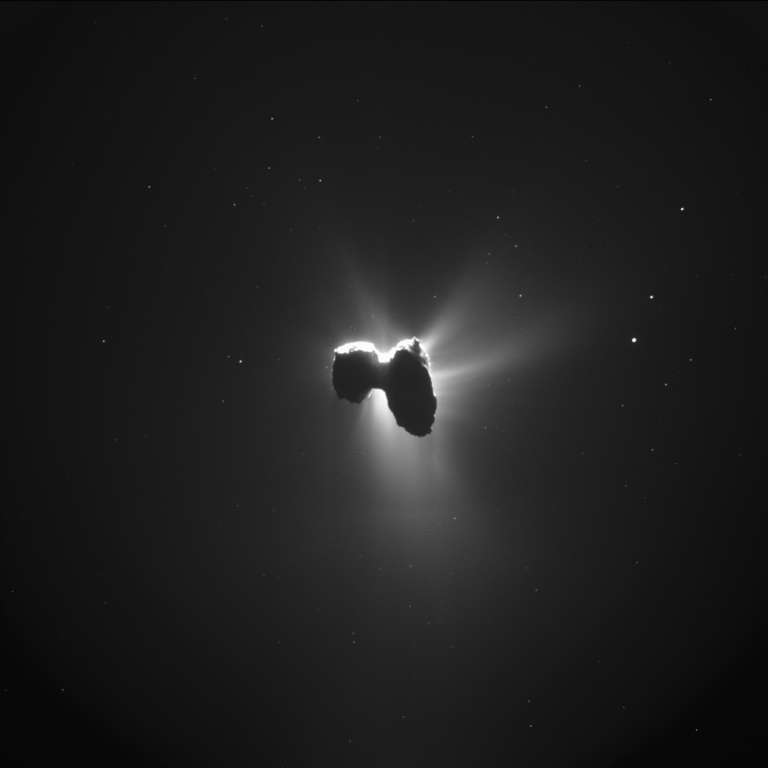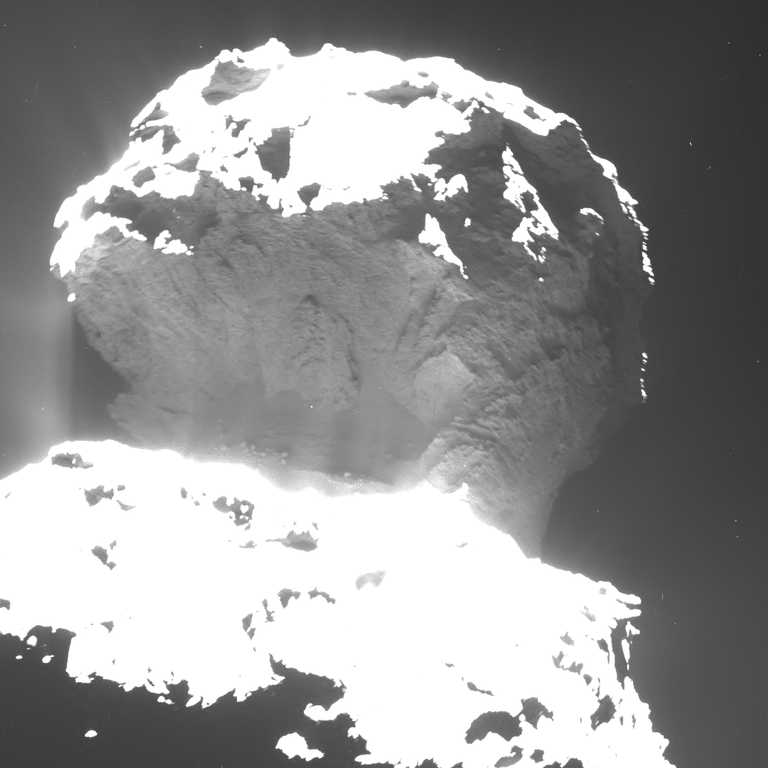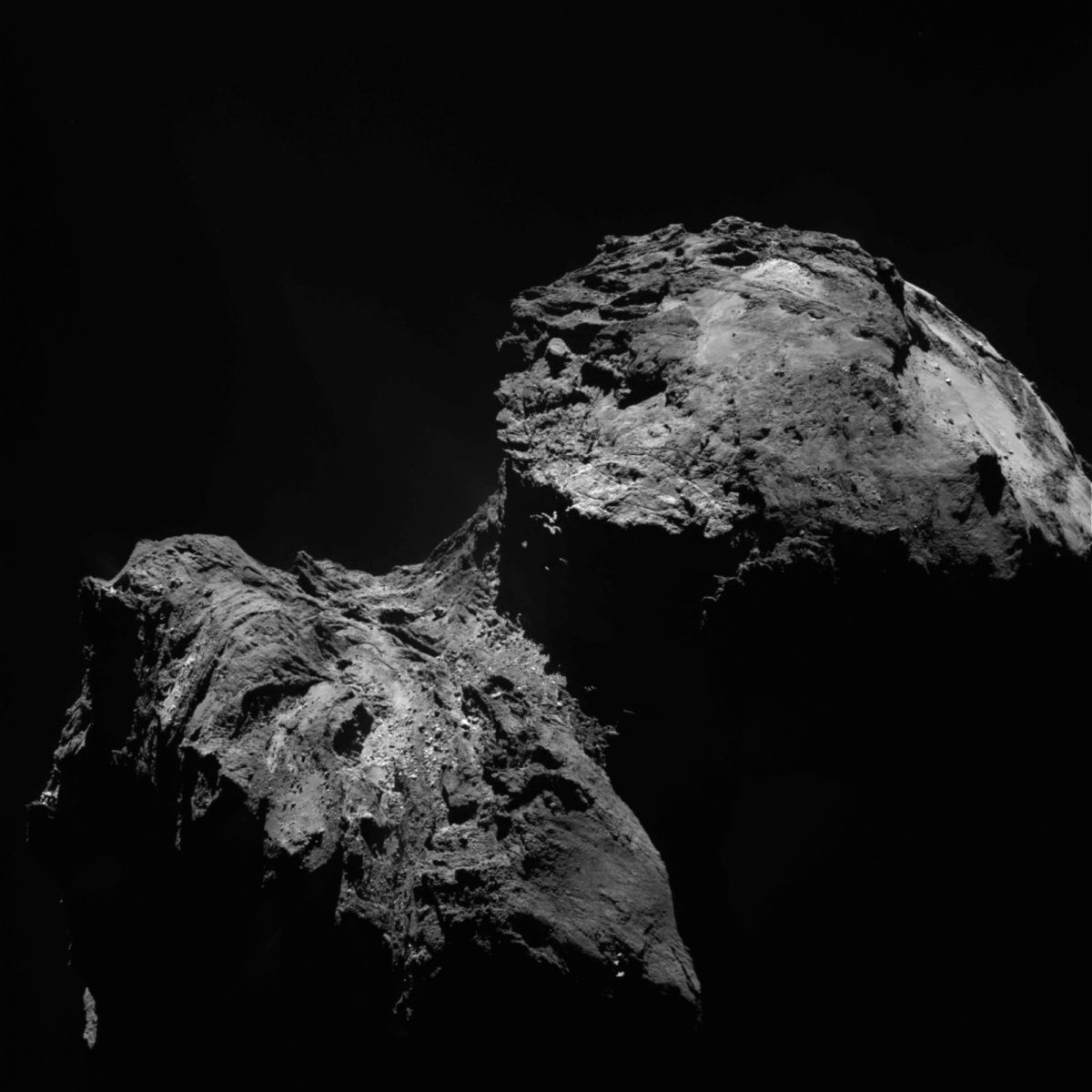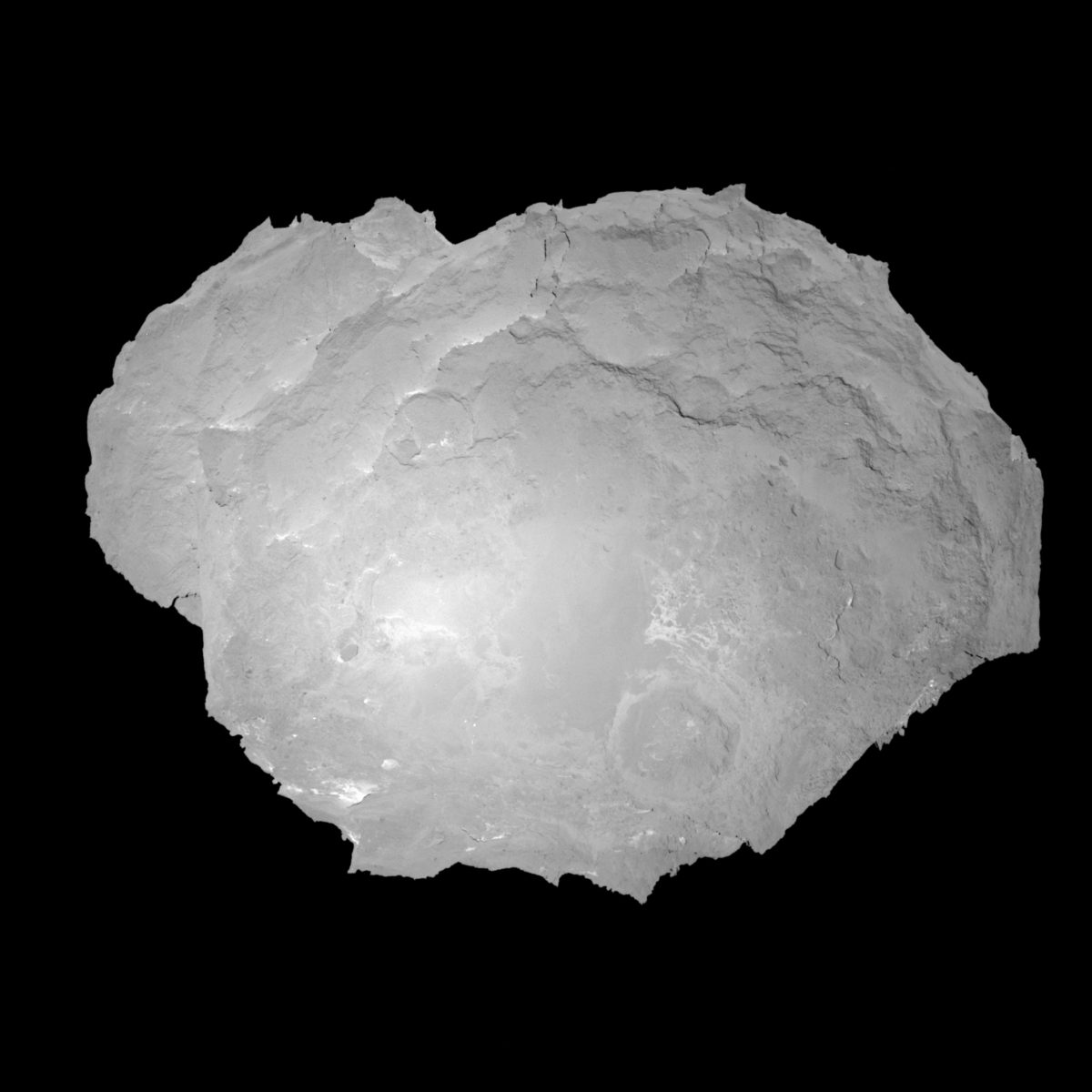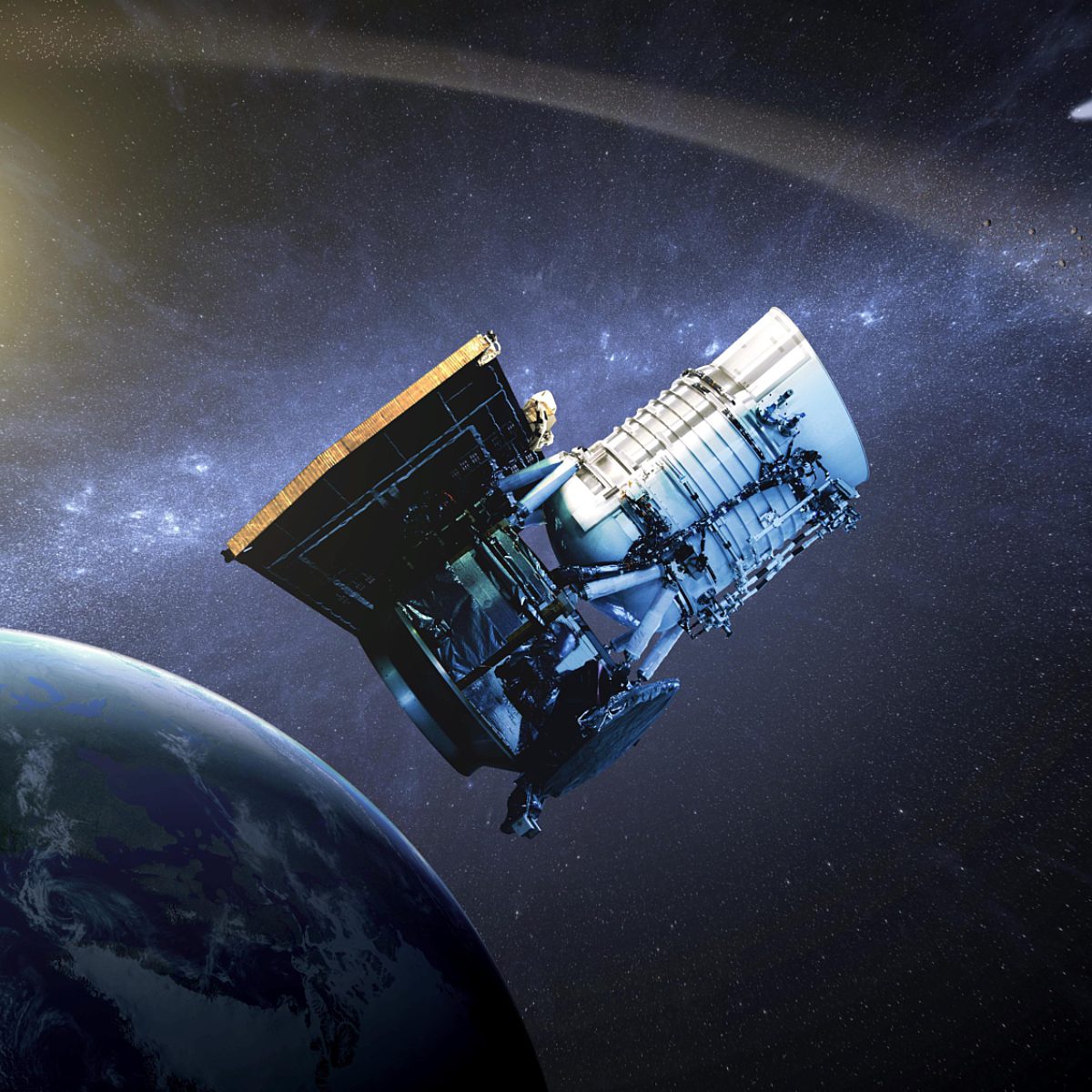All
All
Stories, updates, insights, and original analysis from The Planetary Society.
Solar System History 101
How did our solar system come to be? Why are the planets, asteroids, comets, and other small worlds where they are now?
Carl Sagan’s wisdom and vision, and how far we’ve come since his time
Even Sagan would be amazed by multitudes we now know our cosmos may hold. Learn more, plus get your scoop on the week’s space news.
Rosetta’s Ancient Comet
Rosetta is a European Space Agency mission with contributions from its member states and NASA. Operating such a complex mission with its 11 instruments and Philae lander is a success story in itself, but Rosetta’s greatest success is the science it delivered.
Feast your eyes on comet 67P's surface, with depth cues added
Mattias Malmer made it a little easier to figure out what Philae really saw in 2014.
Philae science results: Comet 67P is crunchy on the outside, soft on the inside
What is the surface of a comet like? That's one of the main questions that motivated Philae's mission to the surface of comet 67P/Churyumov-Gerasimenko. We now know the comet has a rigid crust about 10 to 50 centimeters thick, below which the comet is much more fluffy.
A Comet or Titan: The Next New Frontiers Mission
Both would do compelling science in the mid-2030s. Otherwise the two missions could not be more different.
#DPS2017: Progress report on Mars Reconnaissance Orbiter images of comet C/2013 A1 Siding Spring
Three years ago, on October 19, 2014, comet C/2013 A1 Siding Spring passed within 138,000 kilometers of Mars. At the 2017 meeting of the Division for Planetary Sciences of the American Astronomical Society, we heard a progress report on Mars orbiter imaging of the comet's nucleus.
Could the total solar eclipse reveal a comet?
Next week's solar eclipse will reveal the Sun's corona, nearby bright planets and stars, and, if we get extremely lucky, a comet!
Citizen scientist spots changes on Rosetta's comet
Citizen scientist and self-described
Planetary discovery over the past quarter century
2016 marks the 25th anniversary of the creation of what has become one of the primary venues for the publication of research in planetary science: the Journal of Geophysical Research: Planets. This occasion is a good opportunity to look back at what we have learned in this era of expanded exploration and to try to take a peek at the future.
Rosetta in the Rearview: What Have We Learned?
Just over a month ago the European Space Agency’s Rosetta spacecraft finished its mission by spectacularly diving into the comet 67P/Churyumov-Gerasimenko. How did it observations influence and alter our ideas about the typical formation and lifetime of a comet?
Rosetta is gone
Today there is one less spacecraft returning science data from beyond Earth. The European Space Operations Centre received the final transmission from Rosetta at 11:19 September 30, UT.
Rosetta spacecraft may be dying, but Rosetta science will go on
The Rosetta mission will end tomorrow when the spacecraft impacts the comet. ESA took advantage of the presence of hundreds of members of the media to put on a showcase of Rosetta science. If there’s one thing I learned today from all the science presentations, it’s this: Rosetta data will be informing scientific work for decades to come.
Rosetta end-of-mission update
The European Space Agency has shared plans for the end of the Rosetta mission scheduled for September 30, just three weeks from now. The landing site will be located on the
Philae spotted on the surface of comet Churyumov-Gerasimenko
Ever since its landing, Philae has been elusive. It went silent just three days later and never returned any more science data, though it made brief contact with the orbiter last summer. Now, just a month until the planned end of the Rosetta mission, the orbiter has finally located the lander in a stunning high-resolution view of the surface.
Rosetta end-of-mission plans: Landing site, time selected
ESA's comet-chasing Rosetta spacecraft is nearing the end of its mission. Last week, ESA announced when and where Rosetta is going to touch down. And tomorrow, it will forever shut down the radio system intended for communicating with the silent Philae lander.
A feast of new OSIRIS photos from comet 67P
Last week, the Rosetta mission released a large quantity of science data to the worldwide public, including photos from the mission's close observation phase and the Philae landing.
Opposition surge comet
Today, the Rosetta OSIRIS team's Image of the Day is this highly unusual view of the comet with the Sun very nearly behind the spacecraft.
Running Down a Comet
The Near-Earth Object Wide-field Infrared Survey Explorer (NEOWISE) telescope has discovered its first comet of 2016.
Worth the wait: First public release of Rosetta science camera images of comet 67P
Finally! It has been a long wait, but so worth it: the Rosetta OSIRIS science camera team has delivered the first pile of data from the rendezvous with comet 67P to ESA's Planetary Science Archive. I have spent a good chunk of the last three days playing with the data, and it's spectacular.


 Explore Worlds
Explore Worlds Find Life
Find Life Defend Earth
Defend Earth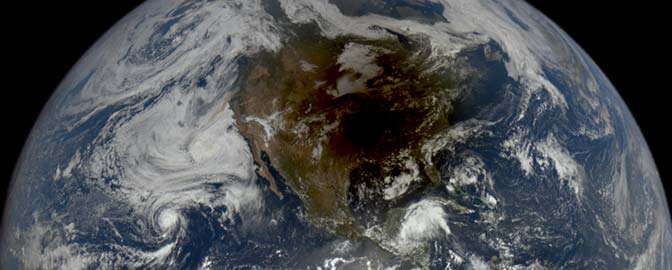


 Sun
Sun Mercury
Mercury Venus
Venus Earth
Earth Mars
Mars Jupiter
Jupiter Saturn
Saturn Uranus
Uranus Neptune
Neptune Small Bodies
Small Bodies